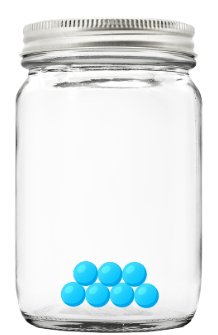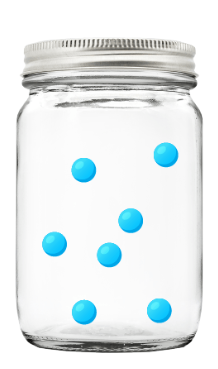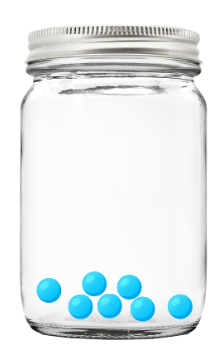Particle Theory in Year 7 Science
1/15
Earn XP
Description and Tags
These flashcards cover the key vocabulary and concepts related to the Particle Theory and changing states of matter as discussed in the Year 7 Science lecture.
Name | Mastery | Learn | Test | Matching | Spaced |
|---|
No study sessions yet.
16 Terms
Melting
The process where a solid turns into a liquid when heat energy is added.
Evaporation
The process where a liquid turns into a gas when heat energy is added.
Condensation
The process where a gas turns into a liquid when heat energy is removed.
Freezing
The process where a liquid turns into a solid when heat energy is removed.
Sublimation
The process where a solid turns directly into a gas when heat energy is added.
Deposition
The process where a gas turns directly into a solid when heat energy is removed.
Particle Model
A model explaining that all matter is made of particles that are always in motion.
Heating
The process of adding heat energy to a substance.
Cooling
The process of removing heat energy from a substance.
States of Matter
The distinct forms that different phases of matter take on, commonly solid, liquid, and gas.
Energy and Particle Movement
Adding heat to particles makes them gain energy and move faster, while cooling makes them lose energy and slow down.
What are the characteristics of a solid?
Solids have a definite shape and volume, their particles are closely packed together in a fixed arrangement, and they resist changes in shape.
What are the characteristics of a liquid?
Liquids have a definite volume but take the shape of their container, their particles are close together but can move past one another, allowing liquids to flow.

What state of matter is this particle model representing?
Solid

What state of matter is this particle model representing?
Gas

What state of matter is this particle model representing?
Liquid